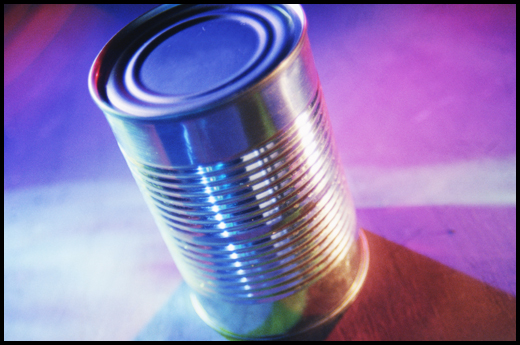by guest blogger Mark A. Moyad, MD, MPH
Who’s ready for some controversy? Bisphenol A (also known as BPA), a chemical recently banned from baby bottles and children’s drinking cups by the Food and Drug Administration, is still found inside many commercial product containers, and the bottom line is that I still don’t know if it’s a safe or harmful compound.
BPA is used to make polycarbonate and epoxy resins. It’s added to the lining of some cans and containers in order to harden them. So it is still used widely in the packaging industry and can be found in everything from food cans and beer cans to microwavable plastic food containers. It’s also used to make thermal paper, so receipts and tickets are a major source of exposure for people. The chemical structure of BPA suggests that it acts like a weak estrogen hormone, but the real argument is whether it really acts like a very potent estrogenic compound (not a good thing, folks)!
The problem is that there is some evidence to suggest that BPA can increase the risk of a variety of medical problems, and there are other studies that suggest it may not be harmful, so the subject itself has caused a lot of controversy among researchers and public health officials. In September 2010, Canada became the very first country to essentially suggest that BPA may be toxic to the environment and human health, and the country banned plastic baby bottles with BPA earlier that same year. Also in 2010, Denmark became the first European country to ban the use of BPA in any containers of food for young kids. China and the European Union have now banned BPA from children’s products, too. Yet a 2010 meeting of the World Health Organization and others concluded that the data on BPA is too premature and conclusions cannot be made with regard to its effects on health.
All of this concern and research on children and kids is fabulous, but interestingly, there is also a lot of research evaluating the potential impact of BPA on adults. New findings suggest a link with cardiovascular disease, including peripheral artery disease. Another study found a potential increase risk of heart disease, and this study was fairly well done; it looked at the urine samples of 758 individuals who later developed coronary heart disease and those of 861 people who did not. The researchers showed that those people who developed heart disease over the almost 11 years of follow-up had higher concentrations of BPA in their urine.
A 2008 U.S. study found that in a survey of almost 1,500 adults (ages 18 to 74 years) that higher BPA levels in the urine were associated with a greater probability of being diagnosed with cardiovascular disease, diabetes, or liver enzyme abnormalities. A follow-up to this same study from a Harvard group found an increased risk of overall obesity and belly fat in people with higher levels of BPA. A similar study from China looked at almost 4,000 adults 40 years and older and found similar potential associations between BPA and obesity and the risk of diabetes. In addition, researchers from Harvard reported in a leading medical journal recently that volunteers who had one can of soup per day for five days saw urine BPA levels increase by more than 1,221 percent, compared to individuals who consumed fresh soup over the same period of time.
The controversy continues, with some scientists saying past and current studies really do not prove cause and effect, but others wanting BPA banned immediately. And even more recent research will continue to fuel controversy.
What you are not reading or hearing, and what I want you to know, is that BPA also has the potential to impact sexual function and reproductive health by damaging women’s fertility and egg quality and lowering men’s sex drive and causing erectile dysfunction. The chemical also been linked to unsuccessful IVF treatments. This would be because if it is acting like estrogen then it is having an anti-testosterone effect.
Again, in all honesty, the jury is clearly still out on the safety of BPA, but there is enough evidence out there right now that I am starting to become a little concerned. If it isn’t good for babies and children, then why is it okay for adults? Isn’t it better just to be safe rather than sorry? I say, keep an eye on this issue because I believe it is not going away anytime soon.
And I hope I am wrong. I hope BPA turns out to be completely safe. So stay tuned, because there is enough research to suggest that what is going on is not a cloudy coincidence but some kind of correlation.
Until then, here are three simple steps to help decrease your exposure:
1) Buy frozen bagged foods instead of canned foods. If you absolutely need to buy something canned, seek out Eden Organics, because they’re one of the few companies who use BPA-free cans.
2) Skip the receipt. Just holding a receipt in your hand transfers 2.5 micrograms of BPA to your skin. And crumpling a receipt transfers 15 times as much.
3) Steer clear of plastic bottles. Just one week of drinking from polycarbonate plastic bottles can increase your levels of BPA by 70 percent, according to a study from the Harvard School of Public Health. Use Stainless steel reusable drinking bottles instead.

Dr. Moyad is the Jenkins/Pokempner director of complementary and alternative medicine at the University of Michigan Medical Center and the consulting director for the Eisenhower Wellness Institute. He lives in Ann Arbor, MI, with his wife, Mia, and their dog, Chauncey.





No comments yet.